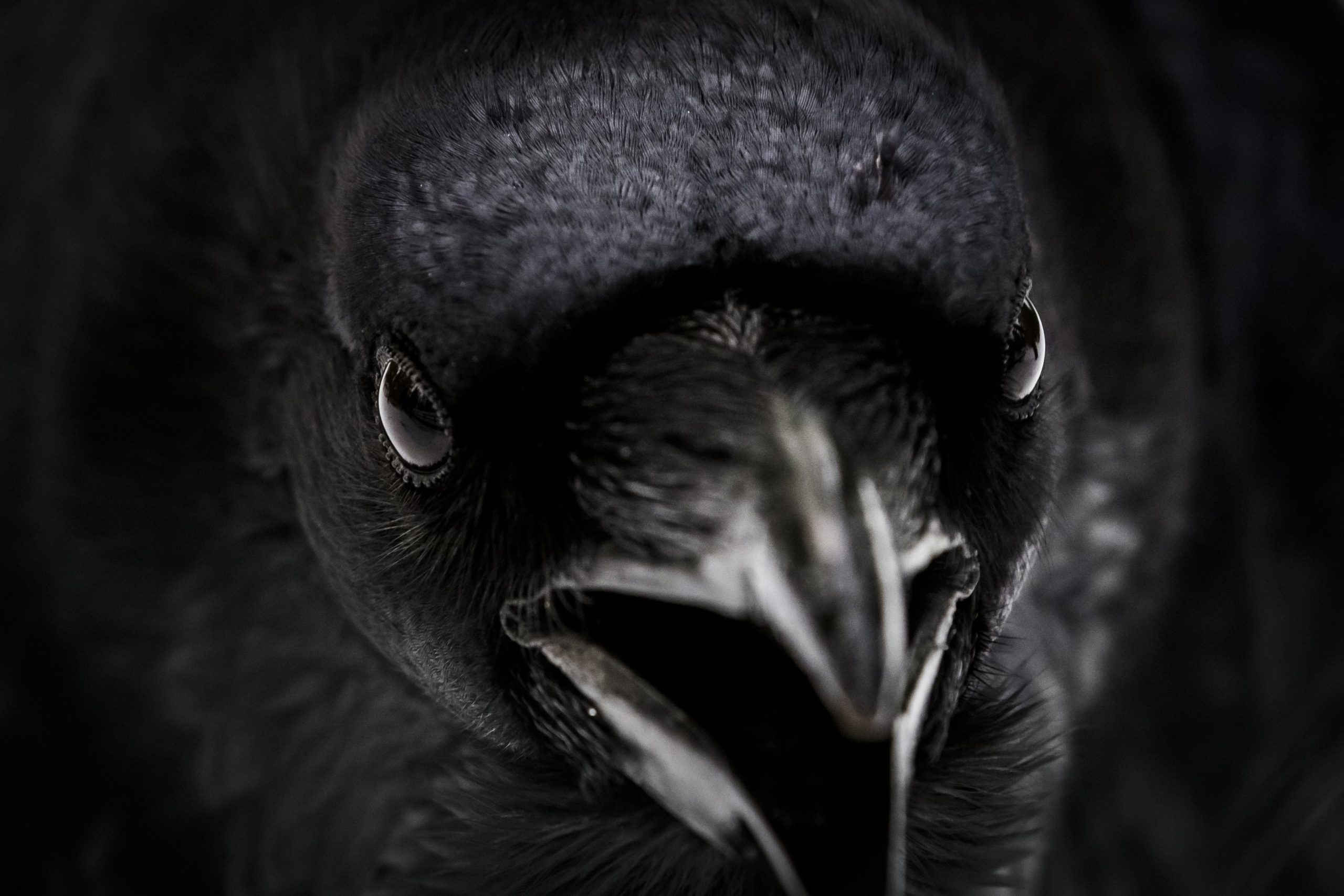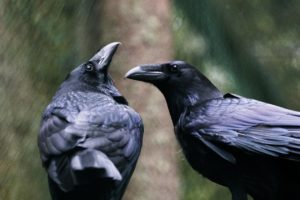
Raven
LIVING HABITS
The raven breeds on the northern hemisphere and can be found throughout Finland. Originally quite timid, preferring large and quiet wilderness areas, the raven has learnt to utilise human output as their food supply. The raven feeds on just about anything: carrion, waste disposals, birds’ eggs and little birds, berries and other type of vegetation. Ravens also like living near dumps as well as in the vicinity of pens of predators in wildlife parks. Possible food for the animals is the attraction. Old ravens are non-migratory, and they may even nest in the same nest year after year. Young ravens, however, are migratory.
PROTECTION
Because of persecution, the raven population declined strongly in the 1900’s in Finland. In the mid century the estimated amount of ravens was only about 1 200 individuals. Currently, the breeding population in Finland is estimated to be around 21,000 pairs. The raven is protected during the breeding season in the reindeer herding area and year-round in the rest of the country.
ADAPTING TO WINTER
The raven has adapted well to the cold of the Finnish winter. In addition to the willow grouse, ptarmigan and gyrfalcon, it is the only bird to winter in the northern parts of Lapland. In the winter, ravens gather into flocks. When one of them catches a sight of carrion or some other food, the whole flock flies to the feeding place.
Raven
Corvus corax
Class: Aves – Birds
Family: Corvidae – Crows
Size: Weight: 650-1300g, wingspan: 115–130cm, males larger than females.
Breeding: The female lays 5-6 eggs in March, incubation period: 20-21 days and nights. Independent under the age of 2 months, sexual maturity in 2-3 years.
Lifespan: According to ringing data, the oldest raven has lived to 22 years of age. The oldest raven of Ranua Wildlife Park lived to 26 years of age.


Did you know…
Did you know that the raven is a social being and gladly communicates with various kinds of voices? Ravens also learn new sounds by imitating, for example, the sounds of humans, and a raven barking like a dog is not unheard of.




